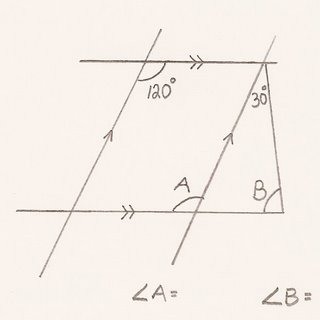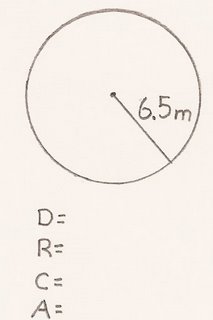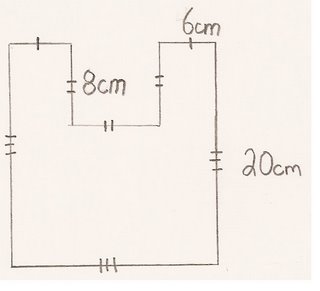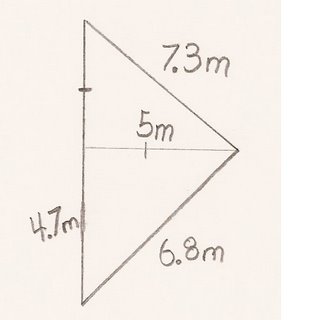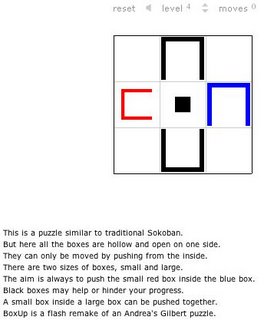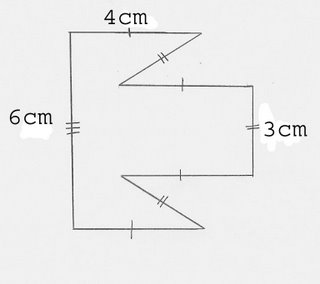Sample Angle questions
Remember to use complementary, supplementary and opposite angles to help you solve for the missing angles. As well recall that the total sum of a shape's angles is based upon the number of triangles that you can divide the shape into (a square is 2 triangles so 180 degrees x 2, a pentagon has 3 triangles etc.)
Question #1
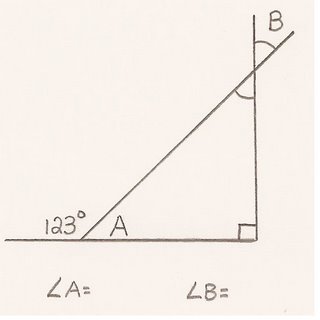
Question #2

Question #3
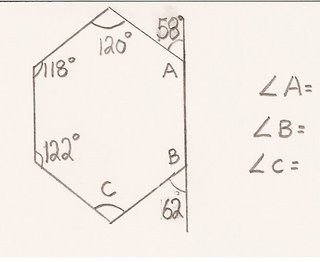
Answers to the questions.
Question #1 A = 57, B = 33
Question #2 A = 90, B = 45
Question #3 A = 122, B = 118, C = 120 (We know that all six angles must equal 720 degrees, as we can split the hexagon into 4 triangles, and each triangle would have 180 degrees so 180 x 4 = 720 degrees)
Question #4, A = 120 (opposite angles) B = 90 (60 + 30 + 90 = 180)
Question #4
